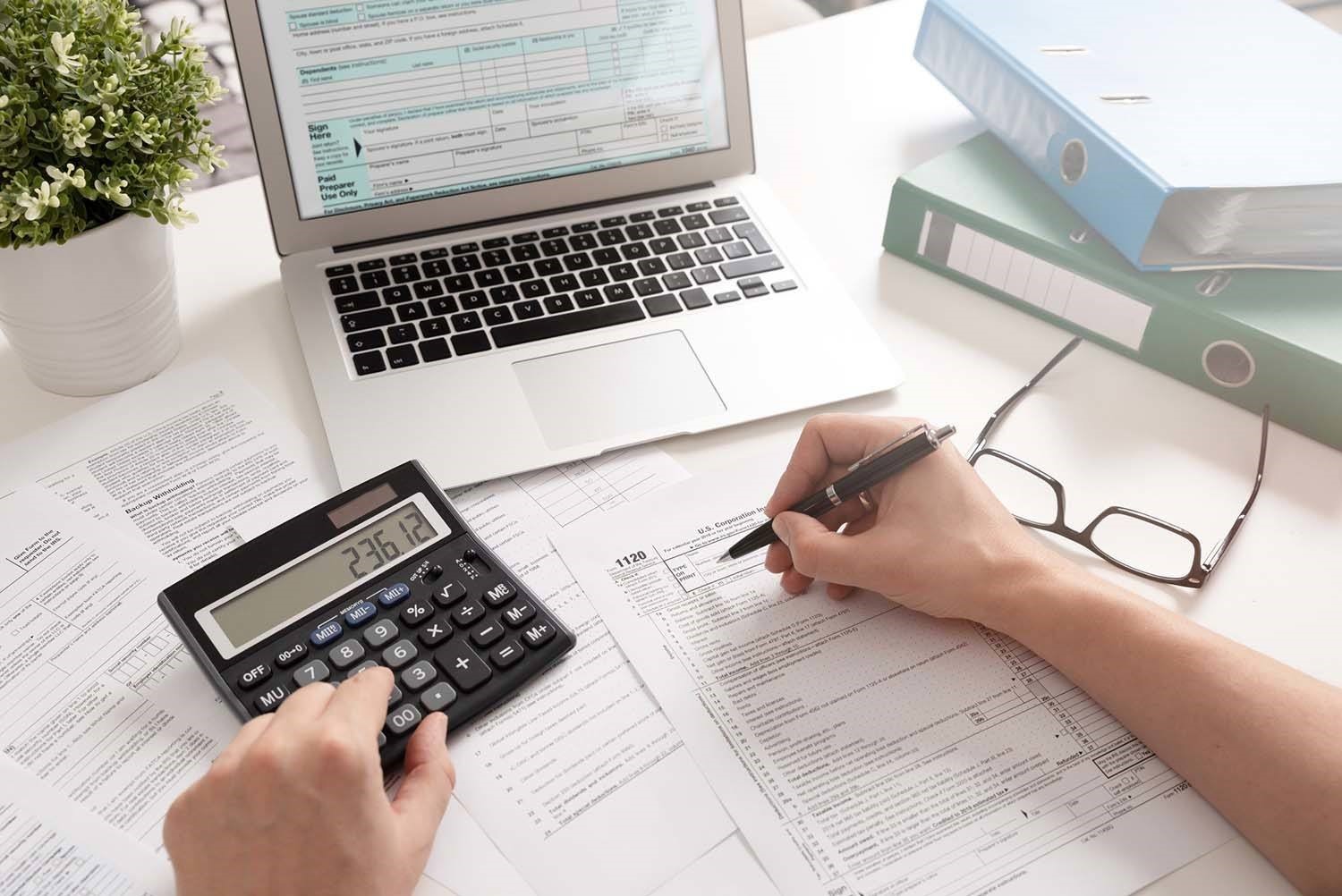Dealing with self-employment taxes as an on-demand driver may be a headache. We’re here to assist you to set up your business and provide advice down the road.

As an on-demand driver, you are running a small company, so you must accurately record your earnings as well as provide evidence of fuel and maintenance costs. If you wait until the last minute, you’ll be in a hectic and frantic search for invoices and receipts.
It may seem overwhelming at first, however, these guidelines will help you through the steps. Thanks to our partner GoSimpleTax for assisting us in clearing things up for you. Using their app will make this procedure easier for you – check out their special offer at the conclusion of this tutorial for more information.
What exactly is a self-evaluation?
HMRC deducts taxes from workers’ total earnings promptly, but if you’re an on-demand driver, you must do it yourself. HMRC will use your Self-Assessment to determine how much Income Tax and National Insurance you pay.
Self-Assessment Tax Return Guide (Step-by-Step)
1. Consider yourself self-employed.
This step is important if you want to pay your taxes and avoid fines.
You’ll need your National Insurance number, as well as all necessary information about your residence, the type of your self-employment, and when you began.
- If you’ve never submitted a tax return before, you’ll need to sign up for Self-Assessment and Class 2 National Insurance first.
HMRC will give you a letter containing your 10-digit Unique Taxpayer Reference (UTR) and will set up your account for the Self-Assessment online service when you create an account and register for taxes.
- If you’ve previously sent a return online, you’ll need to submit form CWF1 to re-register online. Whether you’ve misplaced your UTR, you may locate it here, but it’s also on any correspondence you’ve already received from HMRC regarding your tax return.
2. Submit your Self-Assessment tax return.
Before you begin, ensure that you have completed the following step:
- The 10-digit UTR you obtained when you registered as self-employed
- Your National Insurance number
- Income reports (self-employment plus any dividends or share interest)
- Details of any self-employment expenses;
- Donations to charities or pensions that may be subject to tax relief
- P60s or other records of income on which you have previously paid tax.
Fill out the basic income tax return (SA100)
This may be done in three ways:
- Submit through the HMRC website and receive quick recognition after submission;
- Use commercial software such as GoSimpleTax to handle this for you
- You may also submit a paper tax return to HMRC
- Regardless of which option you select, it is suggested that you first review the forms and help sheets to ensure that you understand what belongs where.
- Sign in to your already created account to submit online.
- Download the SA100 form from the website above, fill it out according to the instructions, and mail it to Self-Assessment HM Revenue and Customs BX9 1AS United Kingdom.
Fill in the blanks on the additional pages.
Since your on-demand driving activity is considered self-employment, you must record your rideshare earnings on a supplementary form, SA103. This is also where you may disclose any acceptable costs that will be deducted from your tax bill. There are two options:
- SA103F – if you’re annual revenue for the tax year is above the VAT threshold*
- SA103S – if your annual turnover for the tax year would be less than the VAT threshold*
Getting your tax break
Because of permitted costs, you may be eligible to claim tax relief to reduce your Self-Assessment tax obligation. There are several strategies to lower your tax liability, but as an on-demand driver, the set of functions is the most important:
• Vehicle lease payments – You can get the monthly charge of any car leasing reimbursed. This will also include maintenance and insurance.
• Purchasing a new car — if you buy a car exclusively for taxi driving, you are eligible for tax savings on the whole price. You can, once again, submit extra claims for services and insurance.
• Mileage – The fuel you use to travel for work can be deducted as a business expense. The authorised mileage limit for the first 10,000 miles in a tax year is 45p per mile. Be cautious, because expressing this will immediately eliminate you from either of the previous selections.
3. Pay your self-assessed tax liability
HMRC will inform you how much tax and National Insurance Contributions you pay after you’ve filed your Self-Assessment tax return.
- Online or phone banking
- Online by debit card
- Clearing House Automated Payment System (CHAPS)
- At your bank or building society
- Bacs – 3 working days
- Cheque by post – 3 working days
- Direct Debit – 3 working days
Pay your Self-Assessment tax in instalments.
Paying your taxes only once a year is something you should plan for because it might be a large payment. To prevent such a large one-time charge, you might spread your tax payments out over the year.
Once your Self-Assessment payments are current, you can begin making advance payments on your next tax statement in weekly or monthly instalments.
You may do this by creating a budget payment plan:
- Log in to your HMRC account online.
- Navigate to the Direct Debit section and select the budget payment method when filling out the Direct Debit form.
In this instance, however, you’ll have to pay interest, and if you don’t keep up with your repayments, HMRC might demand that you pay everything you need.

Be First to Comment